If you’re looking for a helpful list of watch terminology, look no further!
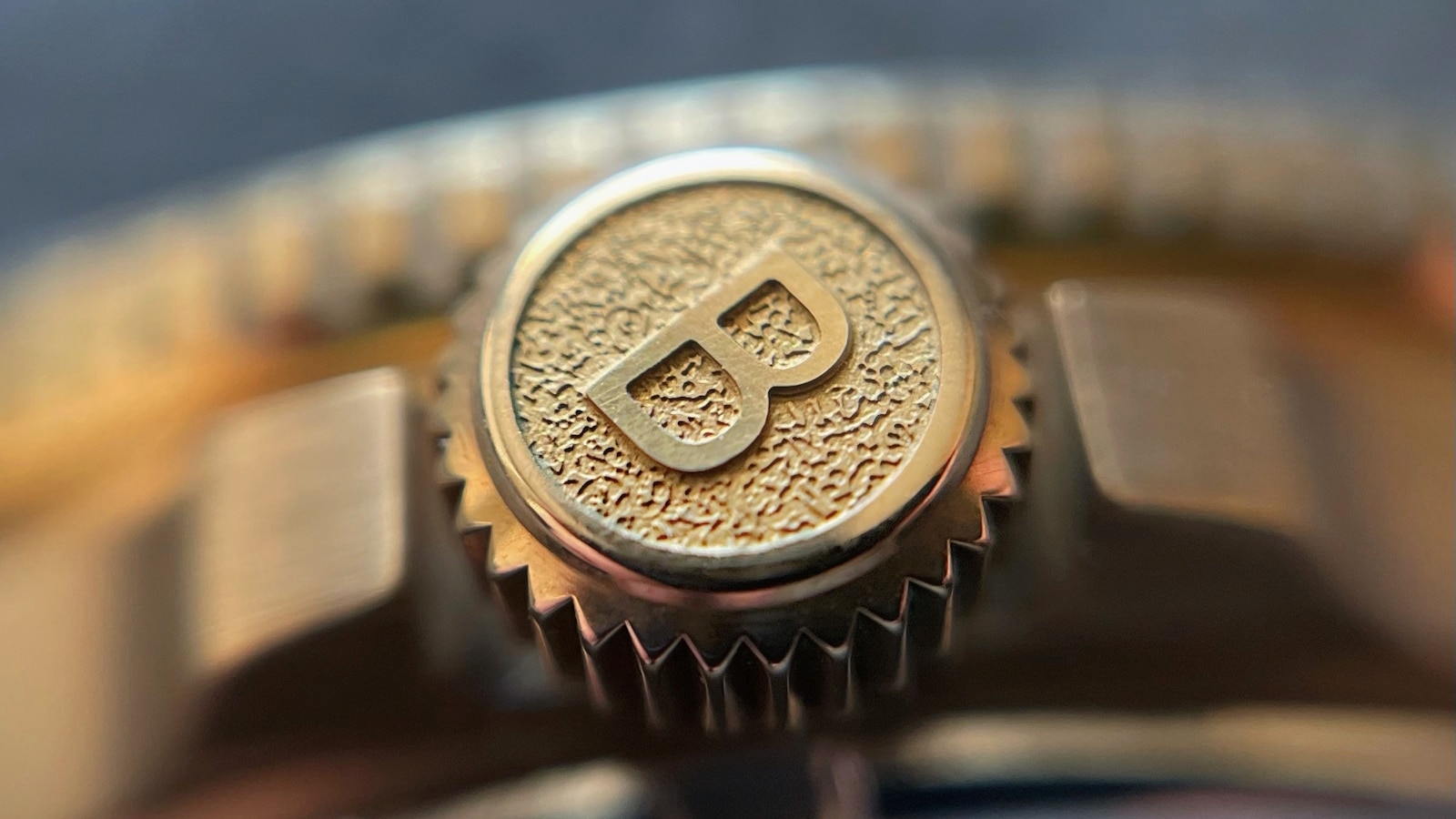
Guilloche. COSC. Rattrapante. Watch terms, like terms in high fashion and haute cuisine, may as well be another language.
In fact, they often are — and it’s usually French, which makes them even more intimidating!
As if this world of record-breaking auction items and brand names wasn’t intimidating enough!
One way to feel more confident about entering the realm of watch enthusiasts is to learn this language.
That aside, whenever you’re looking to buy a watch, having these terminologies in your back pocket is great for understanding product descriptions.
Watch Terms
Here are a slew of important watch terms:
Inside the Watch
Let’s start with the heart and bones of the watch!
Movement
The movement is the literal heart of the timepiece. It powers the timekeeping and any other extra operations it may feature. It’s basically the watch’s engine.
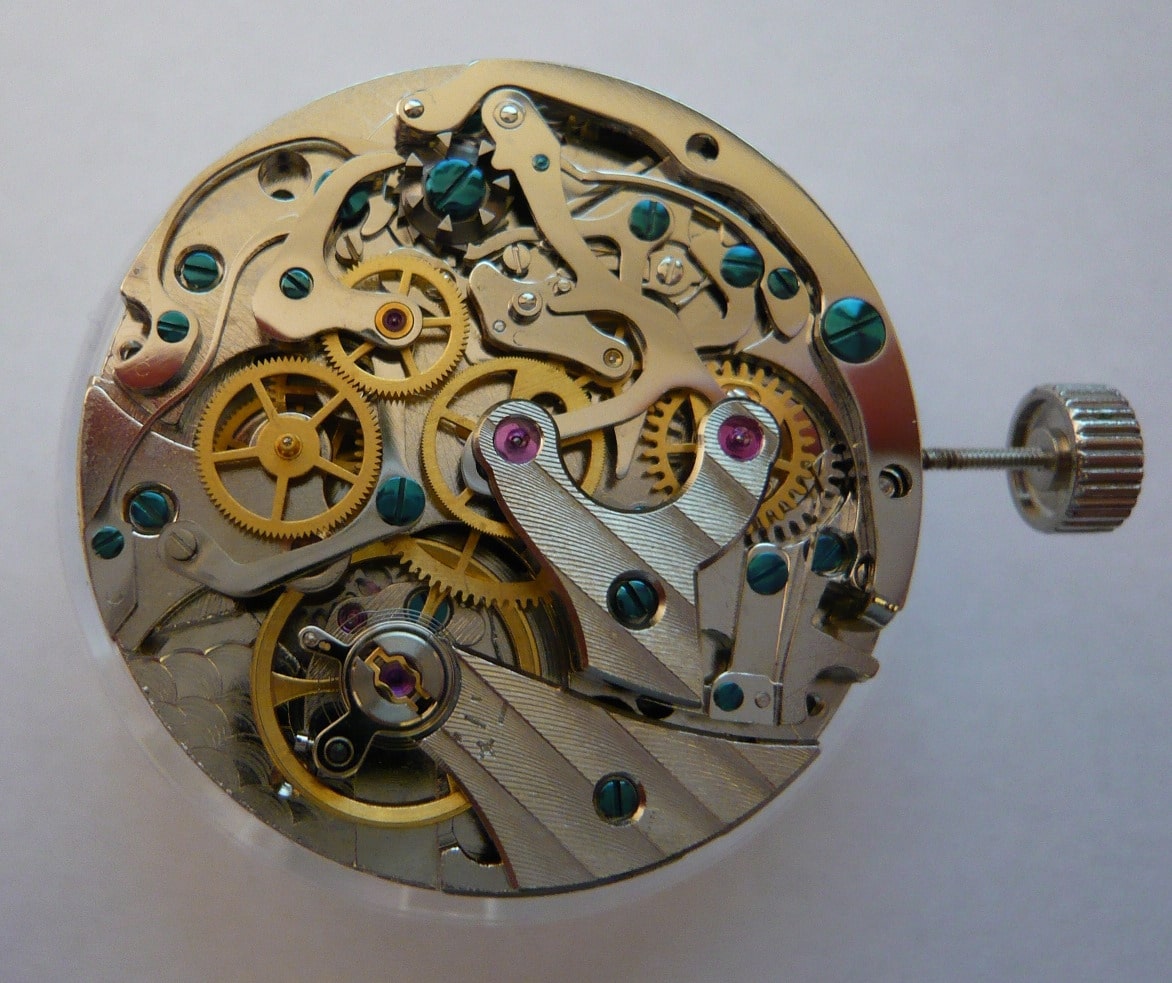
We go in-depth into different kinds of movements in our guide here. But, I’ll also briefly touch on different kinds of movements momentarily.
Caliber or Calibre
Another word for movement.
Balance Wheel
A wheel that oscillates consistently, perpetuating the watch’s gear movement and powering the watch’s hands to move. It’s also weighted so that its mass, combined with the balance spring’s flexibility (don’t worry, we’ll cover that term next), keeps the ticking constant.
Balance Spring
It is a spring made of metal or silicon that’s connected to the balance wheel. It regulates the rate of the balance wheel’s oscillation.
Hair Spring
Another word for balance spring.
Gear Train
A structure of gears that passes power to the escapement from the mainspring.
Mainspring
A coiled spring that tightens when you wind your watch or when it gets automatically wound. It stores the watch’s energy. When it unwinds, it powers the watch.
Escapement
A mechanism that ensures the balance wheel is steadily functioning so that the wound-up timepiece’s power transfers into the second hand’s movement. The escapement is connected to the gear train.
Again, the gear train gets its power from the main spring. Basically, the escapement is what makes the watch audibly tick.
Barrel
The vessel that holds the mainspring. A watchmaker can up the watch’s power reserve by adding extra barrels.
Power Reserve
The amount of time a watch runs when it’s fully wound.
Jewels
Synthetic jewels, often ruby and sometimes sapphires, are the bearings of the movement. They’re used to reduce friction between the most wear-heavy connections.
They aren’t used for decoration, but they do add some sparkle to the movement.
Mainplate
The movement’s base. All of the parts of the caliber are mounted on the mainplate.
Bridge
A mounted bar on the main plate frames the movement.
Rotor
A counterweight was added to automatic watches. The movement of your wrist also moves the rotor, powering the mainspring so that you don’t have to wind the watch.
Frequency
The speed of the watch’s ticks, measured in vibrations per hour or “hertz.” This is based on the balance wheel’s oscillations.
The frequency of high-end mechanical watches tends to be 28,800 vibrations per hour (VPH). This is also four oscillations per second, or 4Hz (hertz).
Types of Watch Movements
There are two main types of watch movements: Mechanicals and Quartz movements.
Mechanical Movements
A mechanical movement is powered by all of the components listed in the terms above. Unlike a quartz watch, which uses an electronic circuit, it’s powered by a wound spring. The energy of this spring transfers through other springs and gears.
Automatic Movements
An automatic movement is a type of mechanical movement that uses a self-winding mechanism.
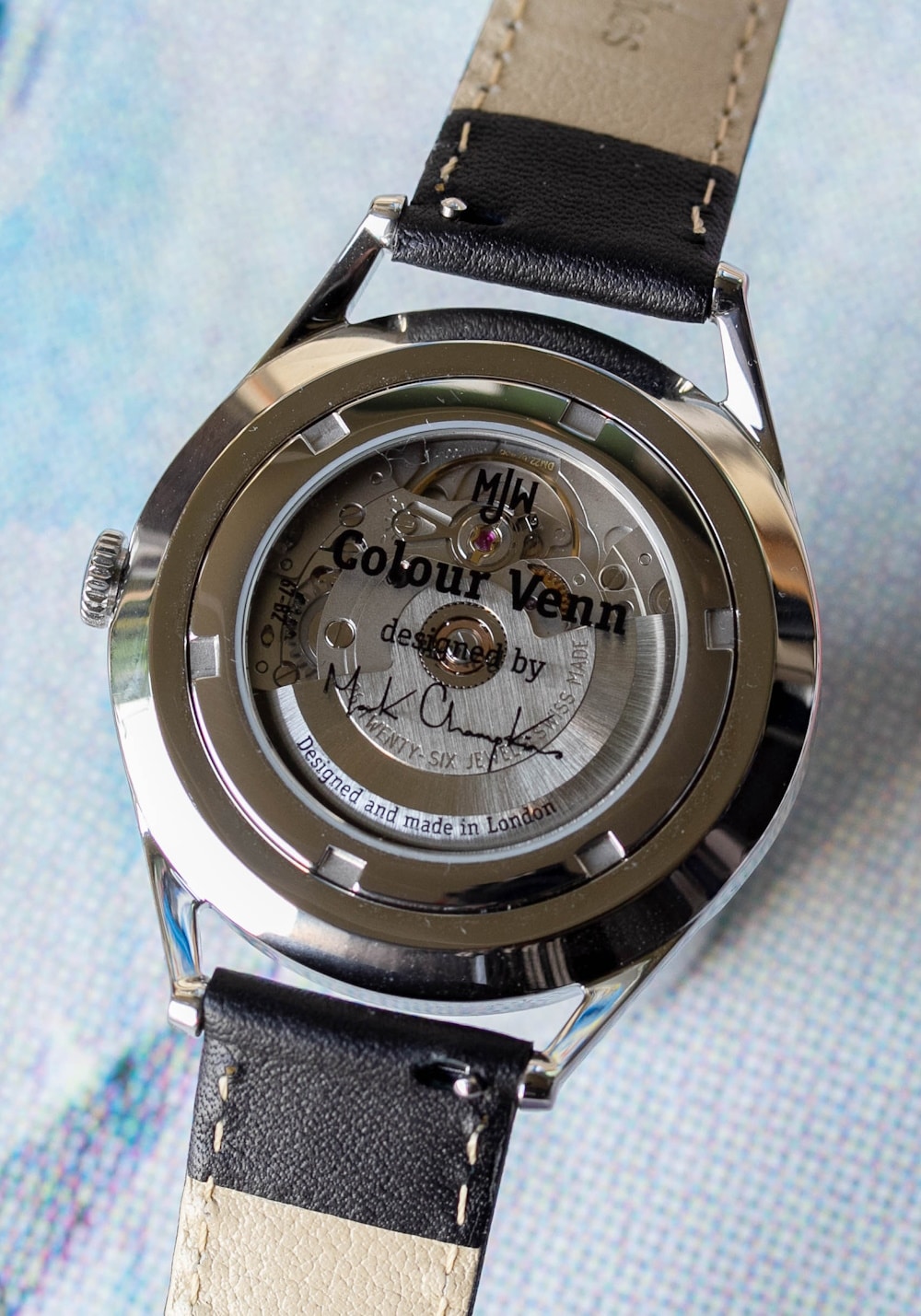
It doesn’t need to be wound because your wrist’s movements power the mechanism.
Manual Wind Movements
A mechanical movement that you need to wind yourself versus an automatic that winds itself. These days, automatic watches are more common. As such, the terms “mechanical” and “manual wind” are often used interchangeably as a short-hand for “non-automatic.”
Quartz Movements
Quartz movements get their name because of the quartz crystal that regulates it. An electronic oscillator powers it and is far more accurate than a mechanical movement.
Since it’s electronic, quartz watches are battery-operated, though brands like Citizen have created light-powered quartz movements that don’t require battery changes.
Outside The Watch
Alright, now let’s explore the parts of the watch we can actually see.
Case
It is the container holding the watch movement. It protects the movement but also provides the main architecture of the watch. It’s often round but can also be square, like the Cartier Tank, oval, tonneau, or another less usual shape.
Caseback
The back of the case that watchmakers and watch servicers can remove to access the movement.
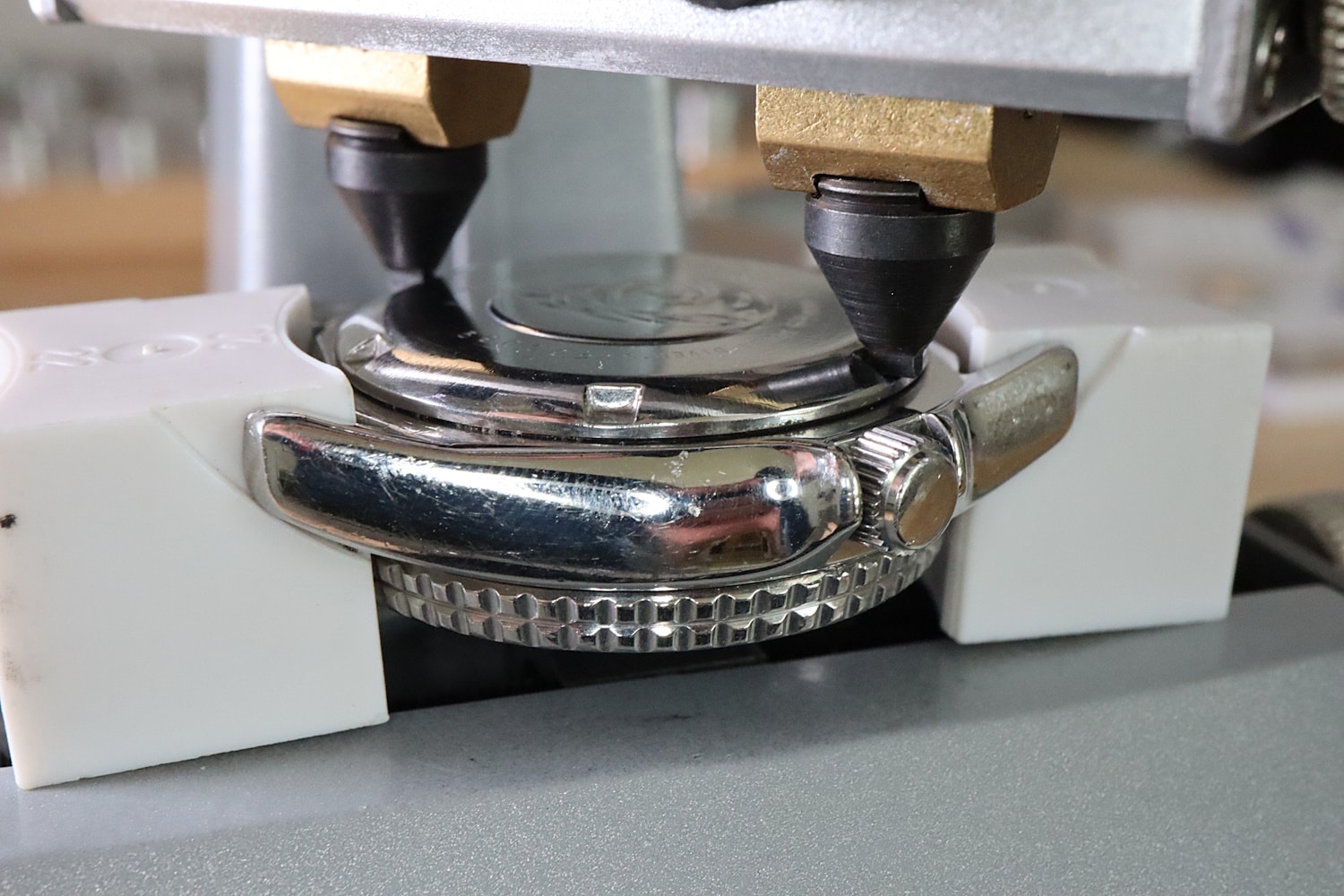
Some models add fun embossing to the case back.
Exhibition Caseback
A caseback that’s see-through so that you can see the movement in action.
Dial
The face of the watch displays the hands, indices, any extra complications, and, therefore, the time.
Crystal
The dial protector is often made out of glass, plastic, or sapphire. Sapphire is considered the gold standard because it’s scratch-resistant, though it often needs anti-reflective treatment (AR coating). These days, there are also synthetic sapphire dial protectors.
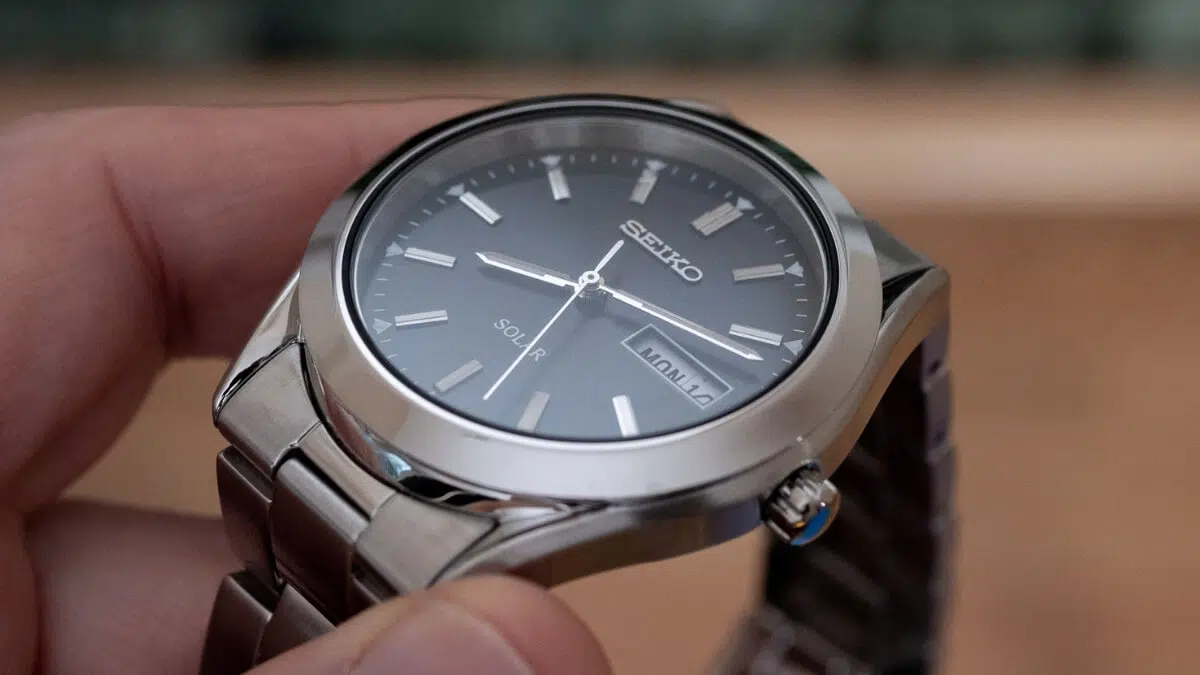
Check out our in-depth guide on watch glasses for more info!
Hands
The pointers indicate the time. They also come in several different styles, including sword, feuille, cathedral, and many others.
Indices
The marks or applications at the edge of the dial represent the hours.
Bezel
A ring that frames the watch crystal. On certain tool watches, the bezel can often have a function.
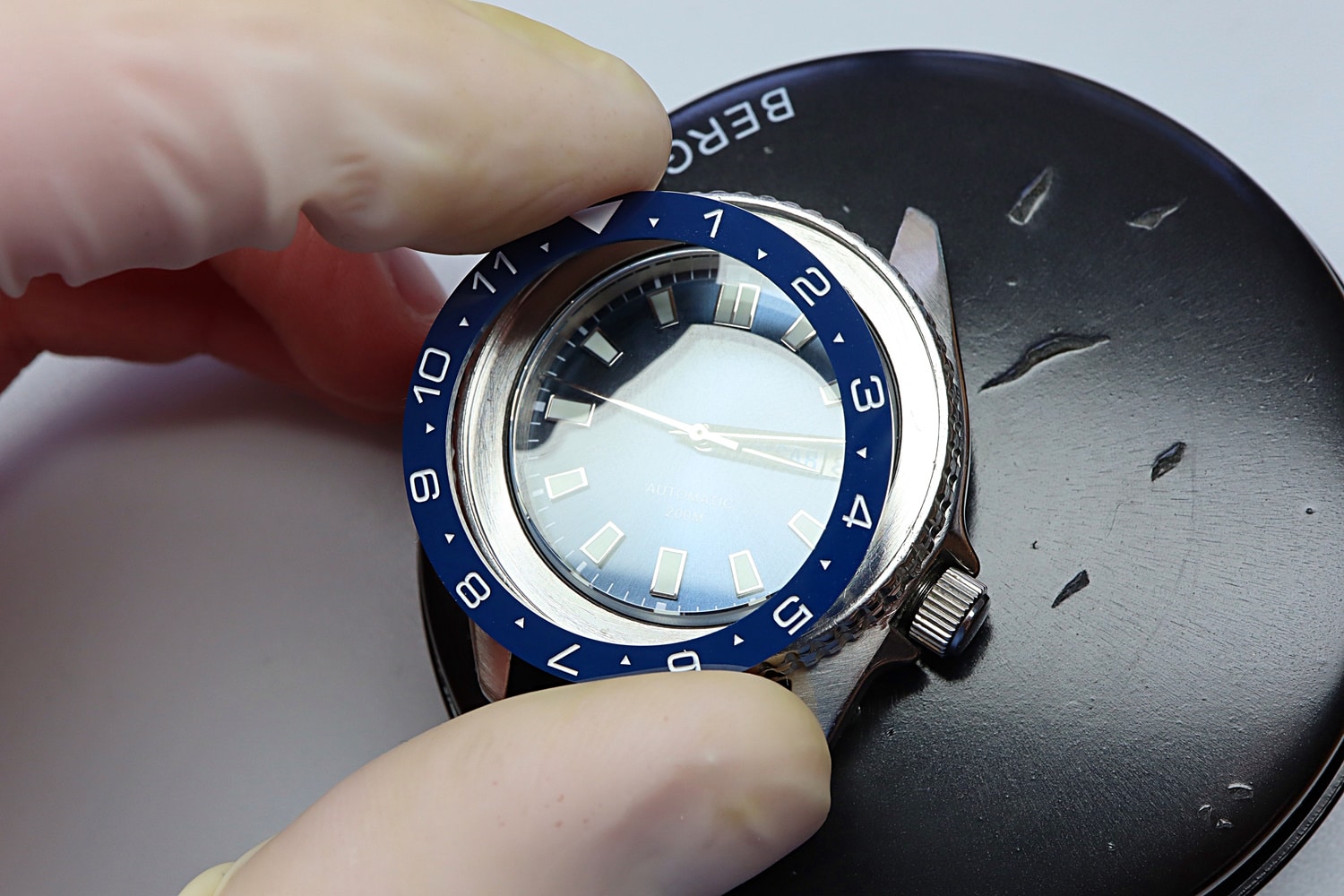
For example, a unidirectional bezel can be used to measure elapsed time on a dive watch. On other watches, it’s simple and stationary.
Rehaut
A metal flange between the watch’s crystal and dial. Rolex engraves their rehauts for branding purposes but also to make bootlegs more difficult to pass off as the real deal.
Crown
The mechanism on the side of the case. You’ll use the crown to adjust the time or the date or to wind your watch.
Lugs
The pieces of metal jutting out of the case. They’re located at the top and bottom, clinching a spring bar and keeping the strap in place on both ends.
Gasket
On watches with water resistance, sometimes a rubber or plastic ring is placed between the case back and the front of the case. This gasket prevents dust or water from seeping in and damaging the movement.
Pusher
On chronograph watches, a button is (or buttons are) added so that you can access the stopwatch function. The buttons can be used to start, stop, and reset.
Design Components
Here are some common watch terms related to the visual components of watches.
Skeleton
A skeleton design is basically just an exhibition case back but located on the front dial.
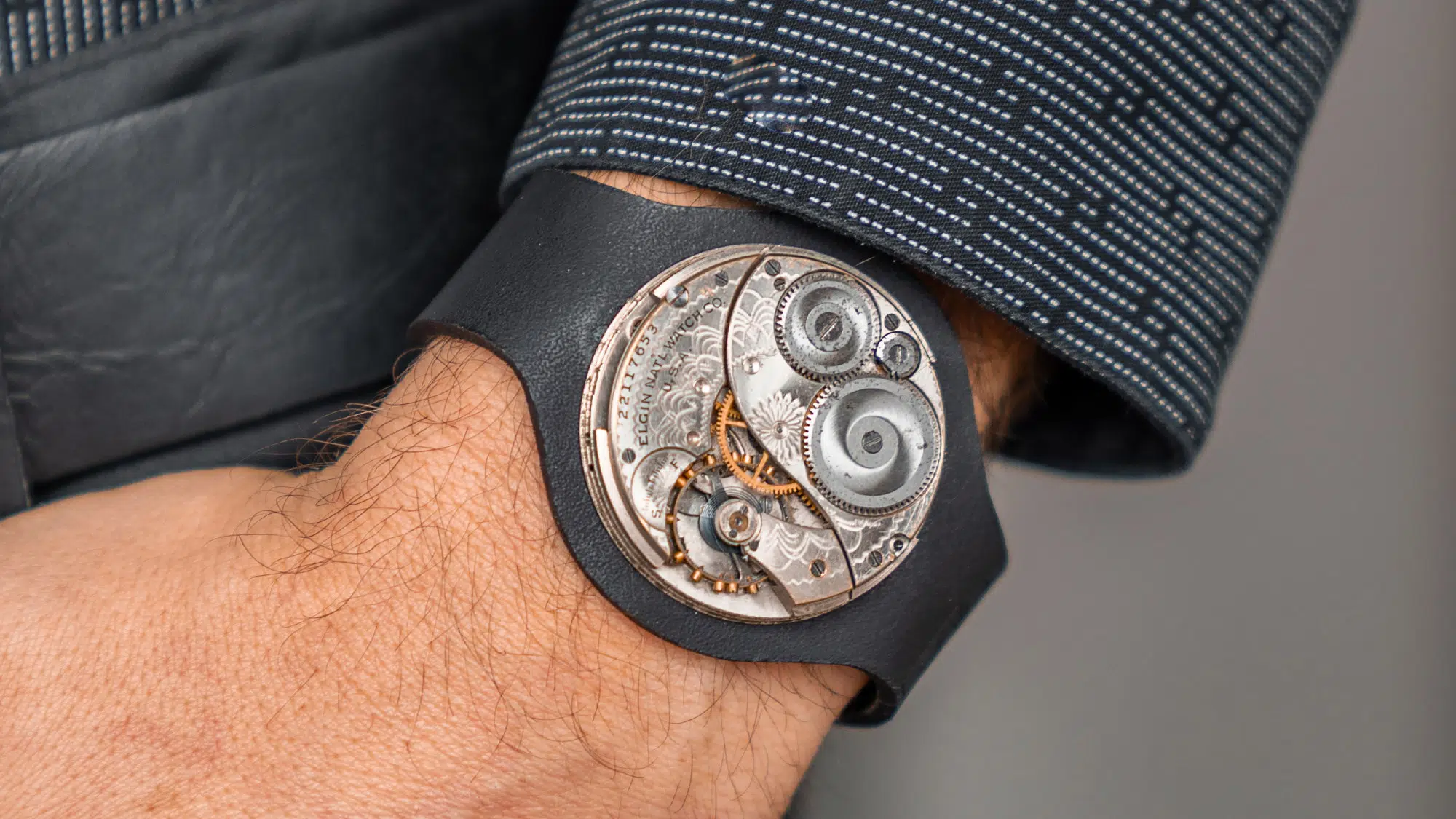
Skeleton watches allow you to see all or some of the inner workings of the timepiece.
Open Heart
An open-heart design is one in which the skeleton design, or the transparency into the inner workings of the watch, is limited to a small cut-out.
Guilloche
Guilloche is a style of engraving using very fine, intricate, repetitive patterns. It’s often applied on the dial to give it a complex, elegant, and artistic aesthetic. It’s also referred to as engine turning.
Applications
Applications are anything on the dial that is, you guessed it, applied. For example, you can have applied indices instead of marked ones. There can also be decorative applications, like jeweling or subdial components.
Pepsi Bezel
A Pepsi bezel is one in which the bezel is partly blue and partly red. It first appeared on the bezel of the Rolex GMT Master, the blue half representing PM and the red half representing AM.
It’s a popular color scheme, especially for travel watches, likely due to its origin.
Mother of Pearl
A lustrous white color with reflections of shimmery blue and pink is used to decorate watch dials. It’s reminiscent of the interior of oyster and mussel shells, which is where it gets its name from (Quick reminder that pearls are made in nature by these shellfish).
Gold Plating
Measured in microns, a layer of gold can be attached to the surface of a base metal to give it a luxurious aesthetic. This is common with retro-cool models and dress watches.
Dauphine Hands
Again, we have a comprehensive guide to watch hands that you should check out, but I wanted to hit on a few common ones, as well as ones with non-English names.
Dauphine’s hands are hands that taper from the base while featuring sharp pointed ends. It’s more ornate than stick hands but still minimal enough for all watch styles.
Feuille Hands
Feuille means “leaf” in French, and that’s just what feuille hands look like — leaves. They’re a swerved design, with the silhouette of each hand curving out at the middle before coming back in to meet at each end.
Alpha
Alpha hands look a bit like sharper feuille hands, giving them a sportier look. They narrowly come out from the center, immediately angle out, and then narrow again at the pointer tip. I like to refer to them as elongated lopsided diamonds.
Complications and Functionalities
For a more comprehensive look into watch complications, check out our guide here.
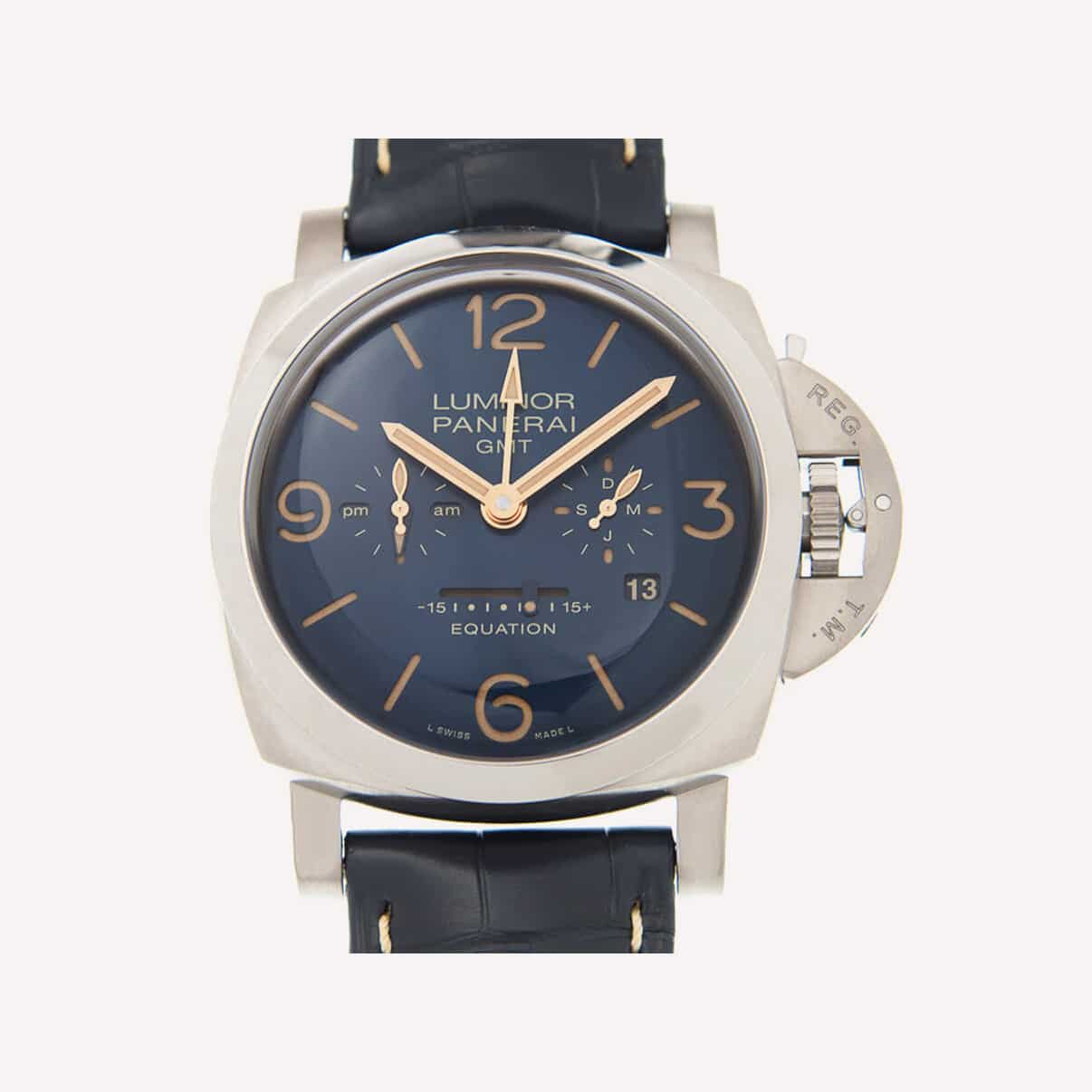
Here are some of the common terms related to watch complications and functionalities.
Complication
Any function on your watch besides its timekeeping is a complication. Popular ones include date windows and stopwatches.
Date Window
As its name suggests, a date window is a small aperture on the watch dial that has the date on it. The simplest version is simply a number (24 for the 24th, 2 for the 2nd, and so on). It can also feature the date and the month, and some even display the day of the week.
Chronograph
A chronograph watch has a chronograph complication. The simplest version of a chrono is one that has a stopwatch function. It can have anywhere from one to three subdials and can be quartz, mechanical, or mecha-quartz.
Flyback Chronograph
This is a chronograph that you can reset without having to stop the chronograph function. It was invented for pilots so that they could record more than one time in brisk succession.
Rattrapante Chronograph
This type of chronograph has an extra secondhand and an added pusher. The extra second’s hand moves with the regular second’s hand. However, if you press the added pusher, it stops, allowing you to record two times simultaneously.
The rattrapante chrono is also called split-seconds or a double chronograph.
Minute Repeater
A complication that chimes to announce the current time when you push the designated minute repeater button on the watch case.
Tourbillon
A tourbillon is a cage-like mechanism around the escapement that perpetually rotates the escapement, balance wheel, and balance spring. This protects it from the effects of gravity, ensuring its accuracy isn’t compromised.
Perpetual Calendar
A complication that displays the day, month, leap year cycle, and sometimes even the year and the moon phase. This watch self-adjusts even during extra short and extra long months, including the varying lengths of February.
Moon Phases
Originally built for fishermen (the moon affects the tides), a moon phase complication displays the different phases of the moon through an aperture on the watch dial.
Water Resistance
Many watches are built with water-resistant cases. Dive watches, naturally, are the most water-resistant, exhibiting at least 100 meters of water resistance. The most famous dive, the Rolex Submariner, has 300 meters of water resistance — at least the modern models do.
Hacking Seconds
A watch with hacking means that you can stop the second hand by pulling the crown out. This makes the watch easier to operate, as you can more quickly sync it with other timekeepers.
Digital Watches
A digital watch is different from a watch with an analog dial because the time is spelled out using digital numbers versus hands pointing at indices. Casio is famous for its retro-cool digital watches.
Horology and Status
And finally, here are some terms related to the study of watches and important industry certifications.
Horology
Horology is the science and art of making timekeepers, both clocks and watches.
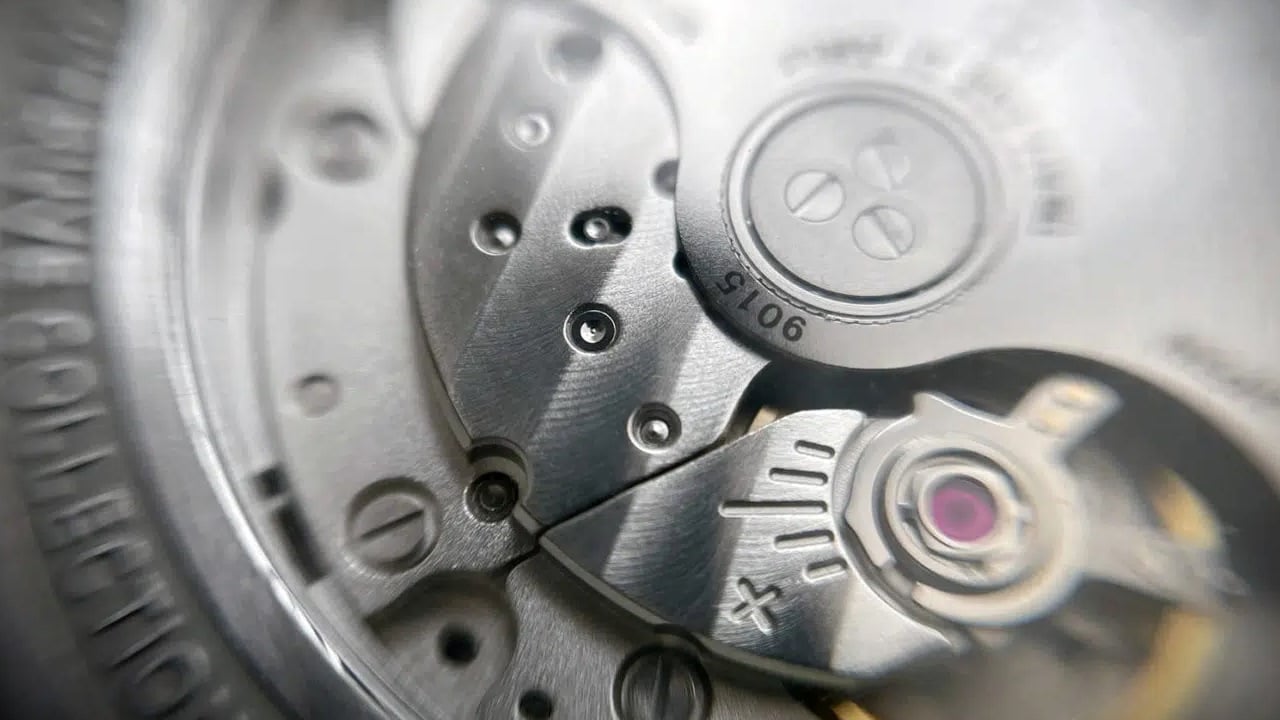
It’s also the study of keeping and measuring time.
Haute Horlogerie
This term is sort of the watch world’s equivalent to the phrase “high fashion.” It literally means “high watchmaking” in French and is used to describe master watchmaking, design, innovation, and artistry.
COSC
Switzerland’s testing organization, Controle Officiel Suisse des Chronometres, or COSC, certifies movements. Those who pass their rigorous tests are awarded Chronometer status. All modern Rolexes boast this prestige.
Chronometer
A Chronometer is a watch that’s passed the COSC certification tests. This means that they’ve been subjected to several days under different temperatures and stress factors while remaining accurate within minus four seconds to plus six seconds a day for mechanical watches.
For quartz watches, they must remain accurate within plus or minus 0.07 seconds a day.
Swiss Made
A highly-coveted and legally protected label that ensures enough of the watch is Swiss-made and assembled. We go into deep detail in our guide to Swiss-made watches here.
Conclusion: Learning Terms Can Be Useful
I hope that was helpful! I know there’s a lot to take in, but I recommend sticking to a small category to master first. Decades ago, I started learning movement terms.
If you love the visual component of watches more, maybe you can start by learning the different watch hands or even a few complications.
What’s your favorite part about horology? Watches exhibit both science and art. Are you more into the technical aspects of the visual?
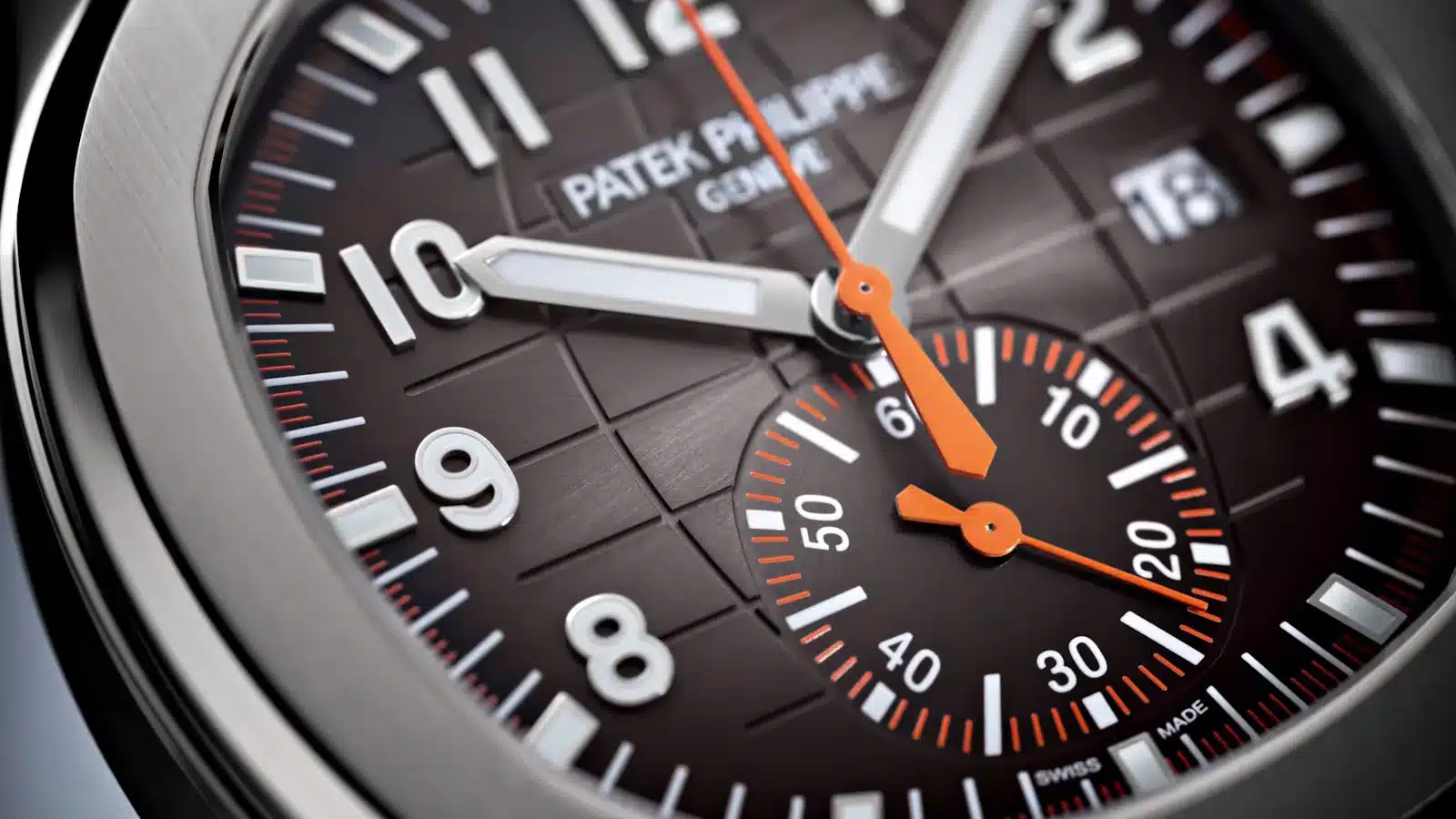
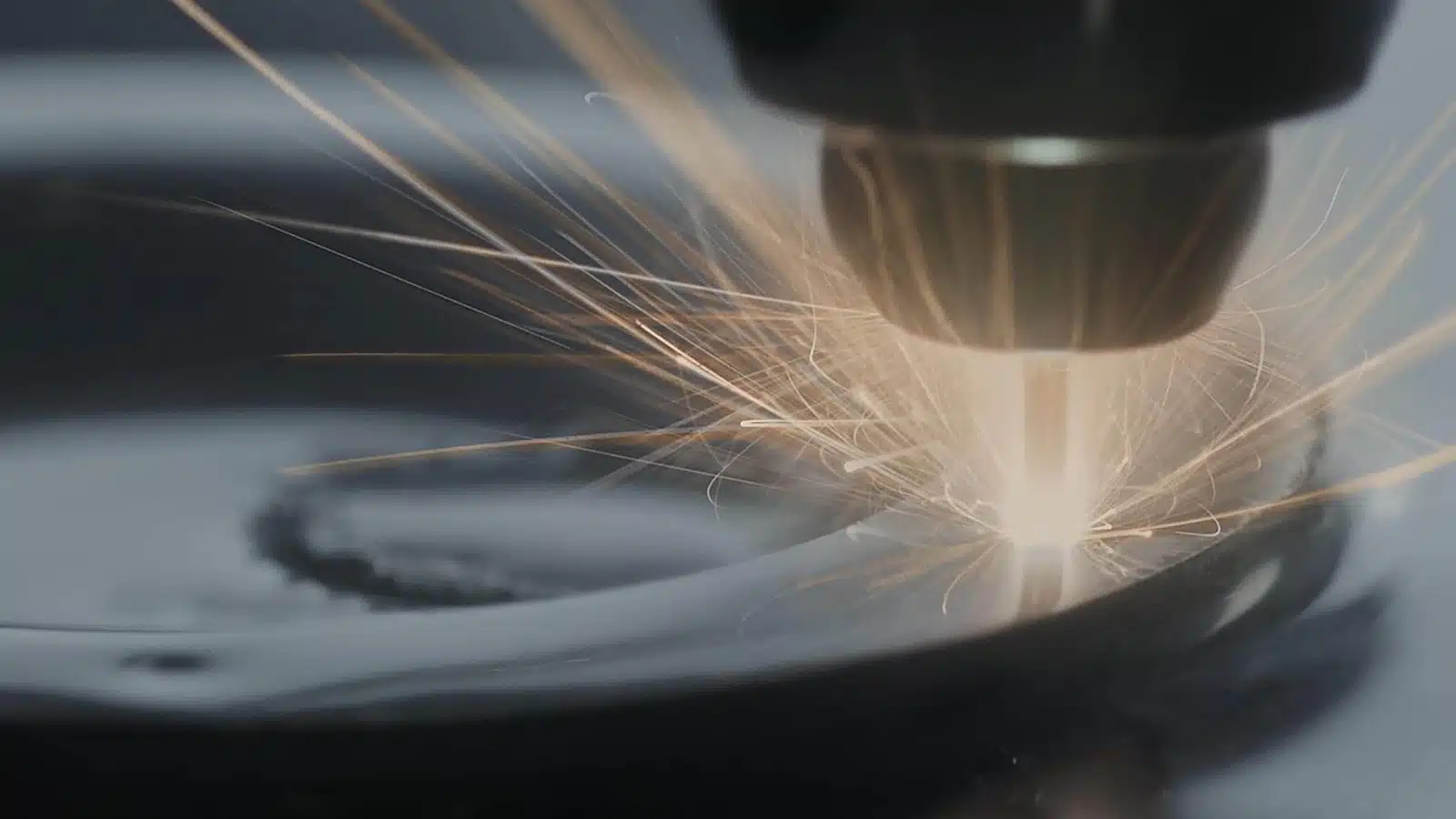
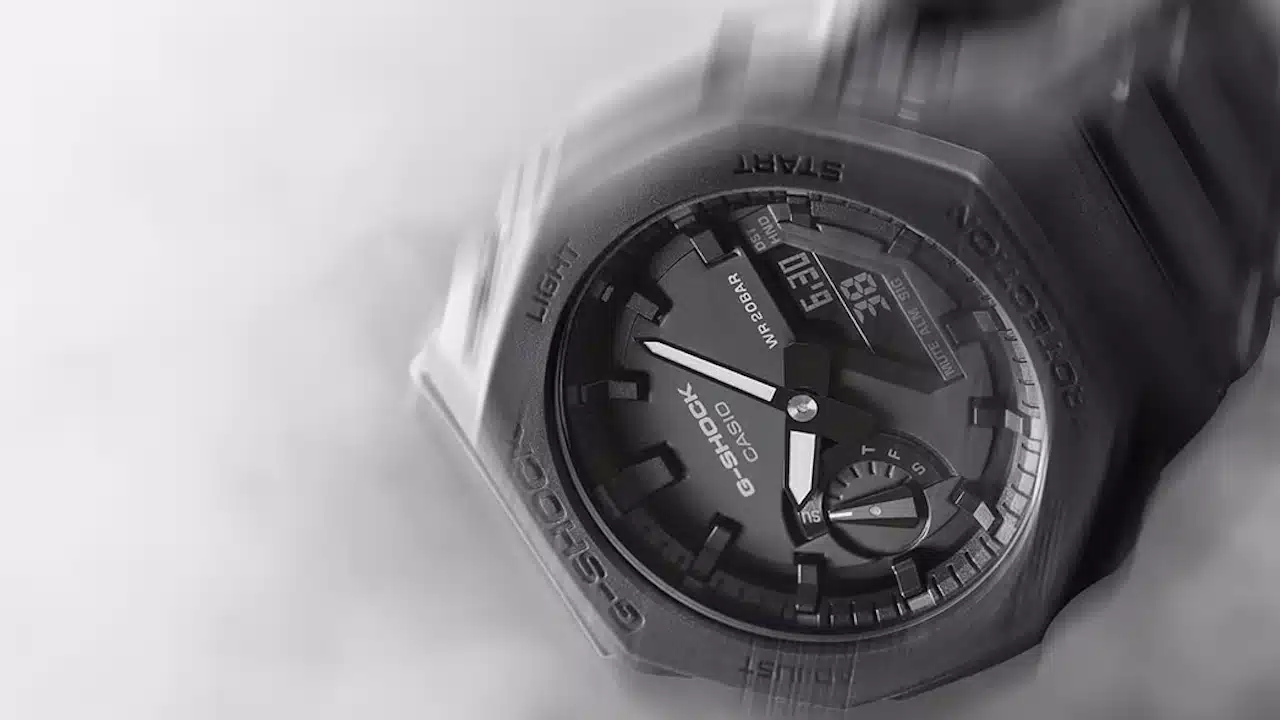
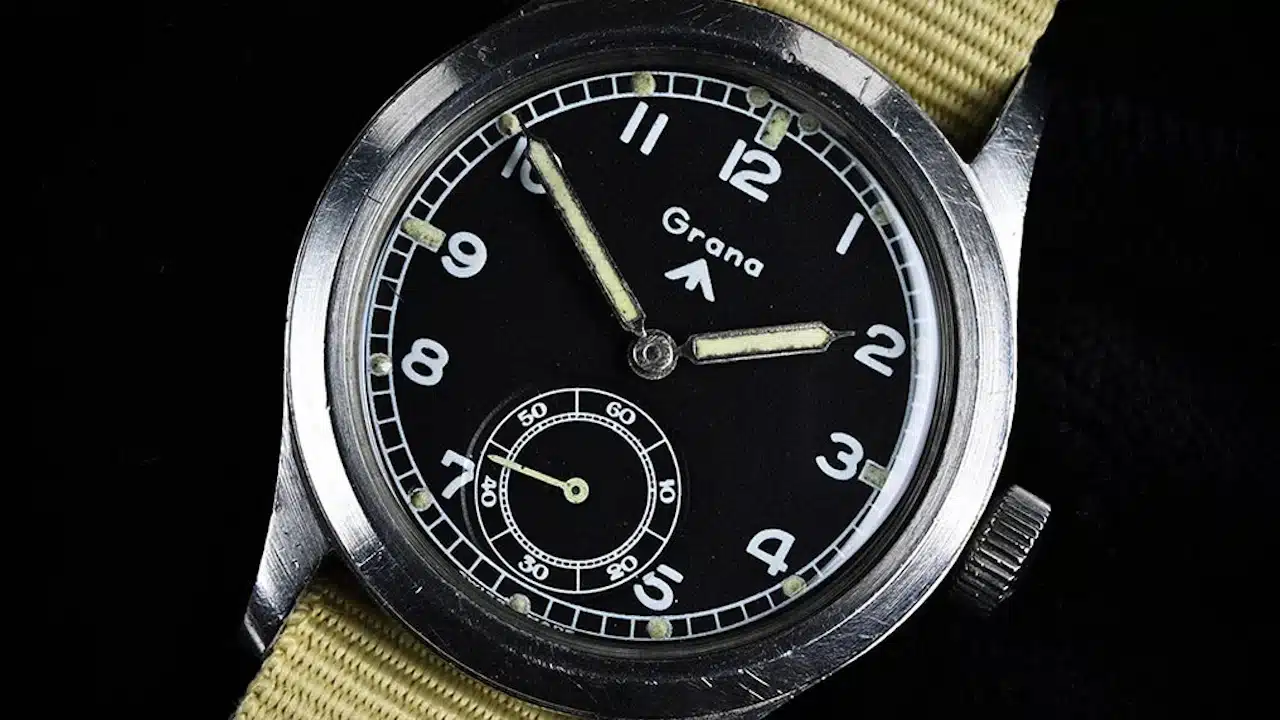
Leave a Reply